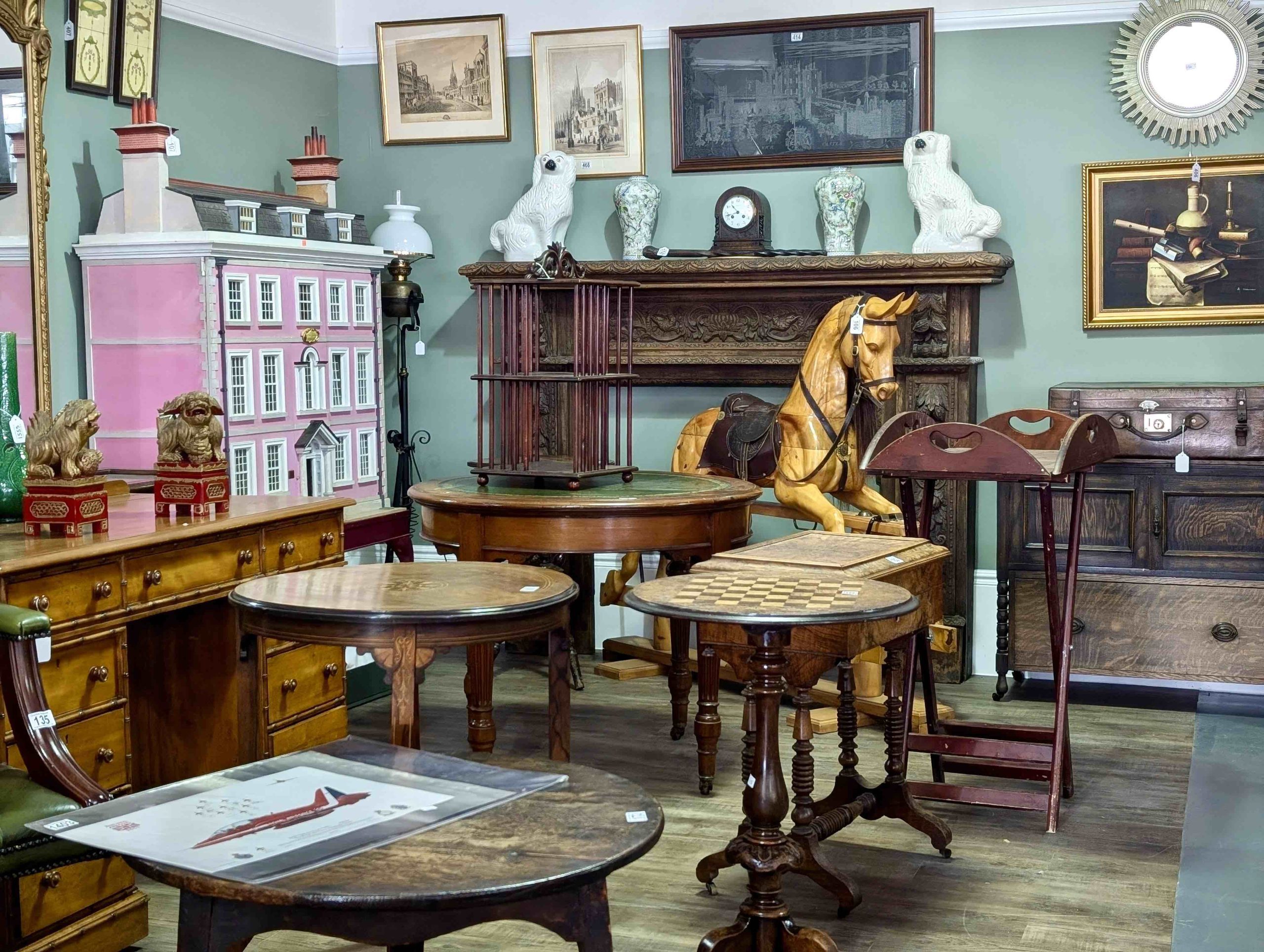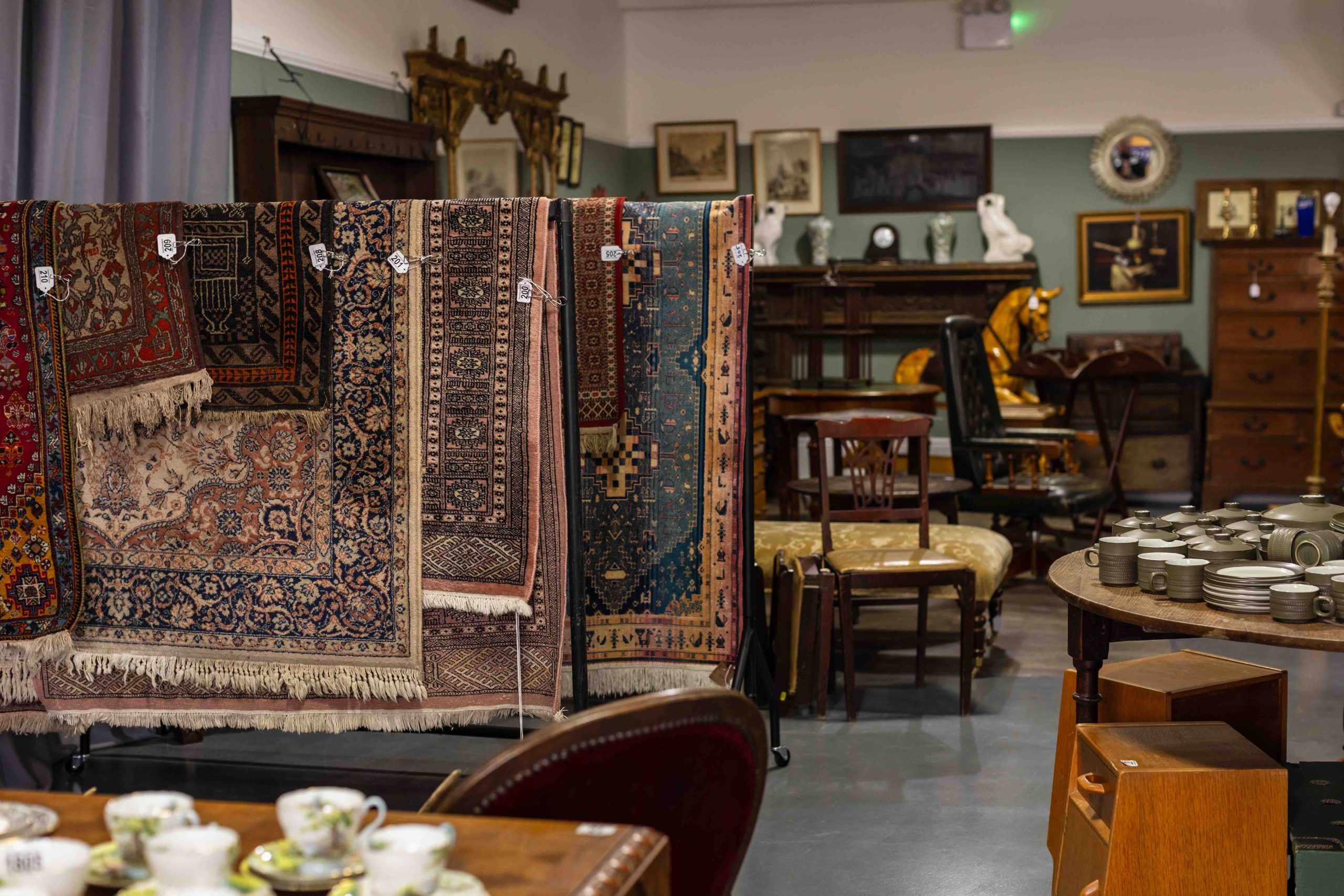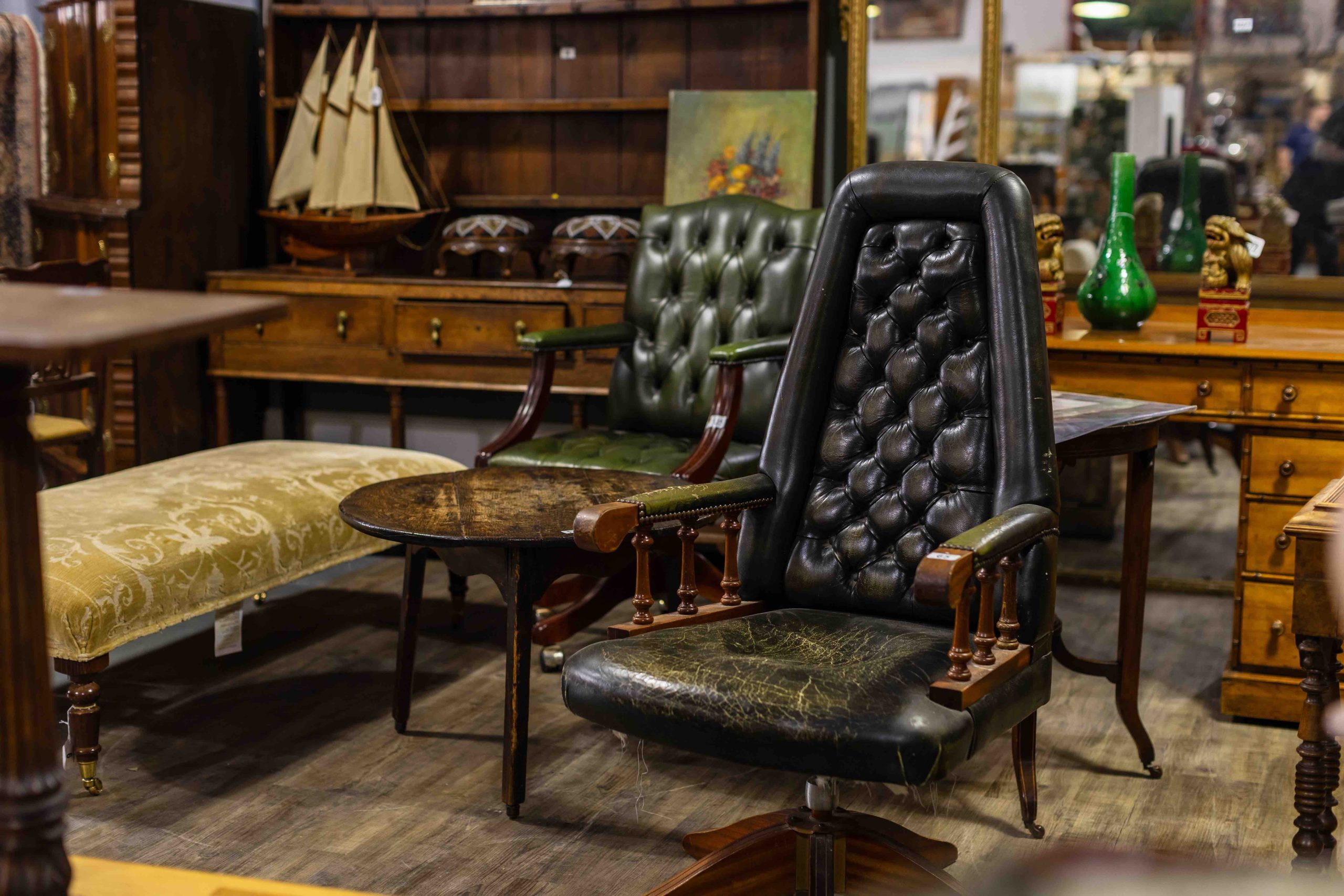Guide to African Art
Over the past decade there has been an explosion of mainstream interest in African art and this has reflected in the number of items coming forward for auction at Churchill Auctioneers.
For those new to this area it can be difficult to to identify authentic antique pieces from more contemporary works for the tourist market, so here is our brief guide to get you started. However we recommend exploring some the referenced resources in the article to develop a deeper knowledge prior to starting any collection.
Churchill Auctioneers Guide to African Art
African tribal art is rich in cultural significance and artistic value, reflecting the diverse histories and traditions of numerous ethnic groups across the continent. Collecting these pieces requires knowledge, respect, and an appreciation for their cultural contexts. Here’s a brief guide to help you navigate the world of African art.
1. Understanding African Tribal Art
Key Categories
- Masks: Used in ceremonies, rituals, and performances. Each mask has specific cultural meanings and functions.
- Sculptures: Represent deities, ancestors, and spirits. Often used in religious and social rituals.
- Textiles: Includes fabrics, clothing, and ceremonial attire. Techniques and patterns vary widely among tribes.
- Jewellery: Crafted from various materials like beads, metals, and stones. Often signifies status and identity.
- Tools and Utensils: Everyday items that reflect the craftsmanship and utility in traditional African life.
2. Recognising Authenticity
Provenance
- Documentation: Authentic pieces often come with documentation detailing their origin and history.
- Tribal Use: Genuine antiques show signs of use, such as wear and patina, indicating their ceremonial or practical use.
Craftsmanship
- Materials: Traditional materials include wood, ivory, metal, beads, and textiles. Authentic pieces are typically made from materials indigenous to the region.
- Techniques: Handcrafted using traditional methods. Look for intricate details and craftsmanship indicative of specific tribes.
3. Key Regions and Tribes
West Africa
- Yoruba (Nigeria): Known for their elaborate masks and bronze sculptures.
- Ashanti (Ghana): Famous for gold weights, kente cloth, and stools.
- Dogon (Mali): Renowned for their wooden sculptures and masks used in Dama ceremonies.
Central Africa
- Fang (Gabon): Recognised for their reliquary figures and masks.
- Kuba (DR Congo): Noted for their textiles, masks, and royal regalia.
- Luba (DR Congo): Known for their carved stools, figures, and ceremonial axes.
East Africa
- Maasai (Kenya/Tanzania): Famous for beadwork and ceremonial shields.
- Makonde (Tanzania/Mozambique): Known for their intricate wooden carvings and masks.
Southern Africa
- Zulu (South Africa): Renowned for beadwork, shields, and basketry.
- Shona (Zimbabwe): Famous for stone sculptures.
4. Ethical Considerations
Cultural Sensitivity
- Respect for Traditions: Understand the cultural significance of the items you collect. Avoid pieces that may have been used in sensitive or sacred rituals.
- Legal Compliance: Ensure that the pieces are acquired legally and ethically, adhering to international laws and conventions regarding cultural property.
Sustainable Practices
- Support Local Artisans: Consider buying from contemporary artisans who preserve traditional methods, ensuring that your collection supports sustainable practices.
- Avoid Looted Items: Be wary of items that may have been illicitly removed from their cultural context.
5. Research and Resources
Books and Publications
- “African Art” by Frank Willett: A comprehensive introduction to the art and artefacts of Africa.
- “The Tribal Arts of Africa” by Jean-Baptiste Bacquart: A detailed guide on the various tribal arts across Africa.
Online Databases
- Smithsonian Institution National Museum of African Art: Offers a wealth of information on African art and artefacts.
- Metropolitan Museum of Art: Features extensive collections and research on African tribal art.
Museums and Galleries
- British Museum (London): Houses a significant collection of African artefacts.
- Musée du quai Branly (Paris): Known for its extensive collection of African art.
- African Heritage House (Nairobi): Showcases traditional African architecture and antiques.
6. Buying and Collecting
Reputable Dealers
- Galleries and Auctions: Churchill Auctioneers monthly sales are a great starting point as we regularly have a number of African art lots. Verify the authenticity and provenance of items before purchasing.
- Antique Dealers: Purchase from established dealers who specialise in African tribal art.
Online Marketplaces
- Artsy and 1stdibs: Offer a range of African tribal art. Ensure you buy from reputable sellers with clear return policies and authenticity guarantees.
7. Care and Preservation
Handling and Storage
- Climate Control: Maintain a stable environment to prevent damage from humidity and temperature fluctuations.
- Cleaning: Use gentle, non-invasive cleaning methods. Avoid harsh chemicals that can damage delicate materials.
Display
- Proper Mounting: Ensure items are securely mounted or displayed to prevent damage.
- Lighting: Avoid direct sunlight, which can cause fading and deterioration.
Conclusion
Collecting African tribal art is a journey into the rich cultural heritage and artistic traditions of Africa. By understanding the history, recognising authenticity, and respecting the cultural significance of these pieces, you can build a meaningful and valuable collection. Happy collecting!
If you have African artwork you are looking to sell get in touch with the Churchill’s team for free advice and valuations.



